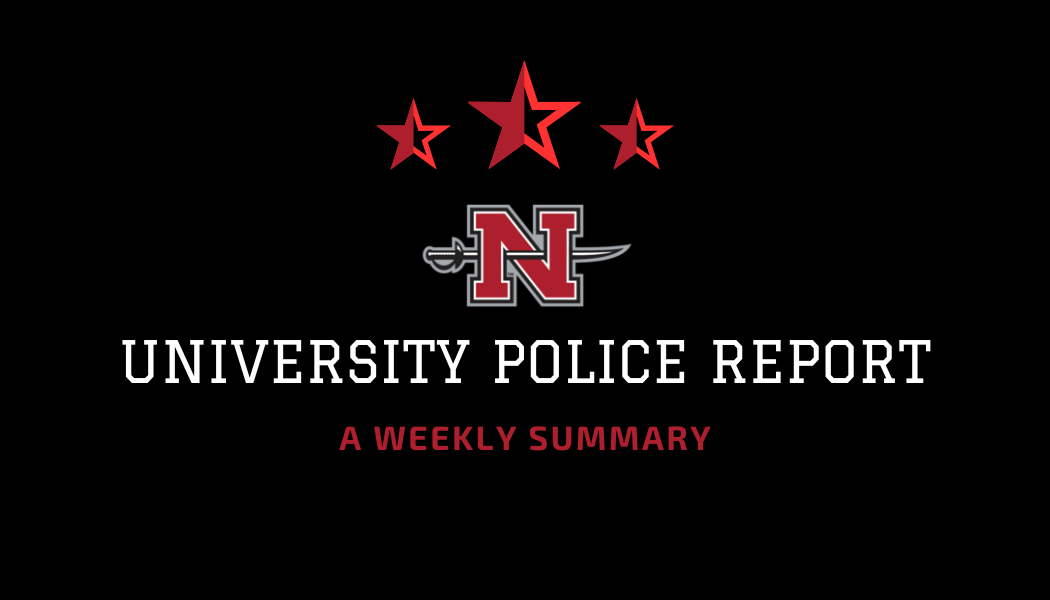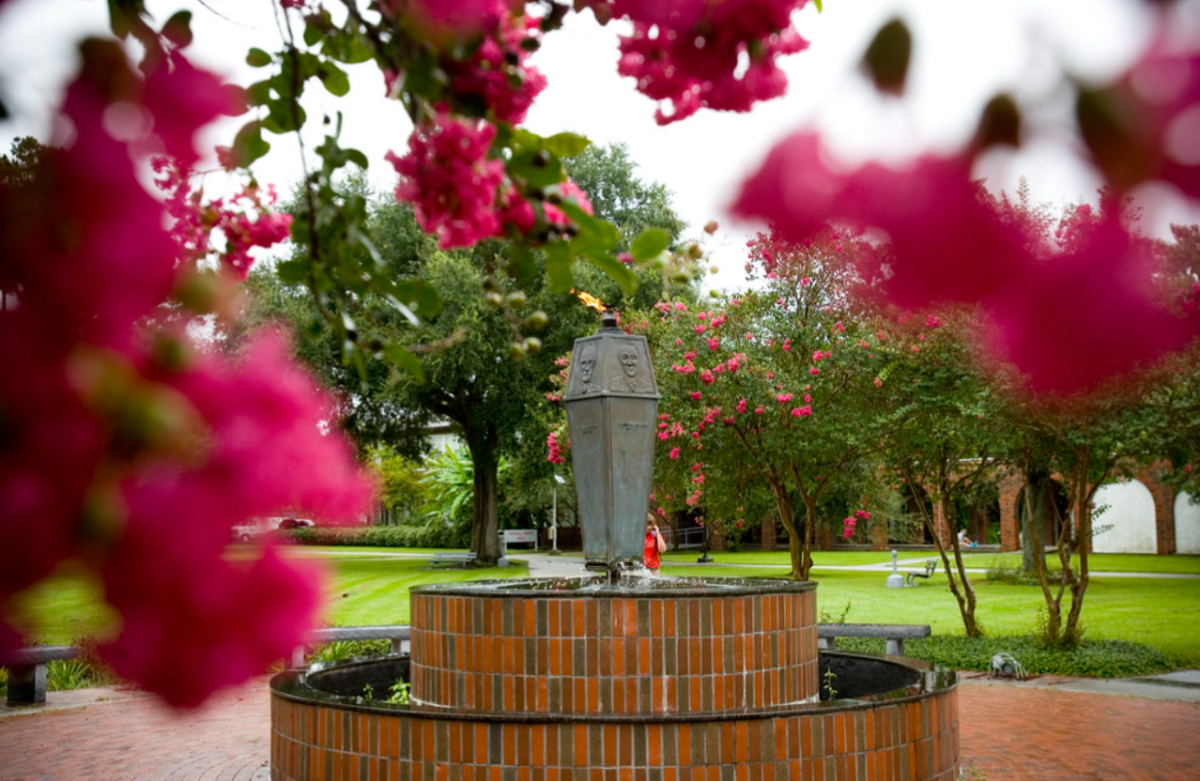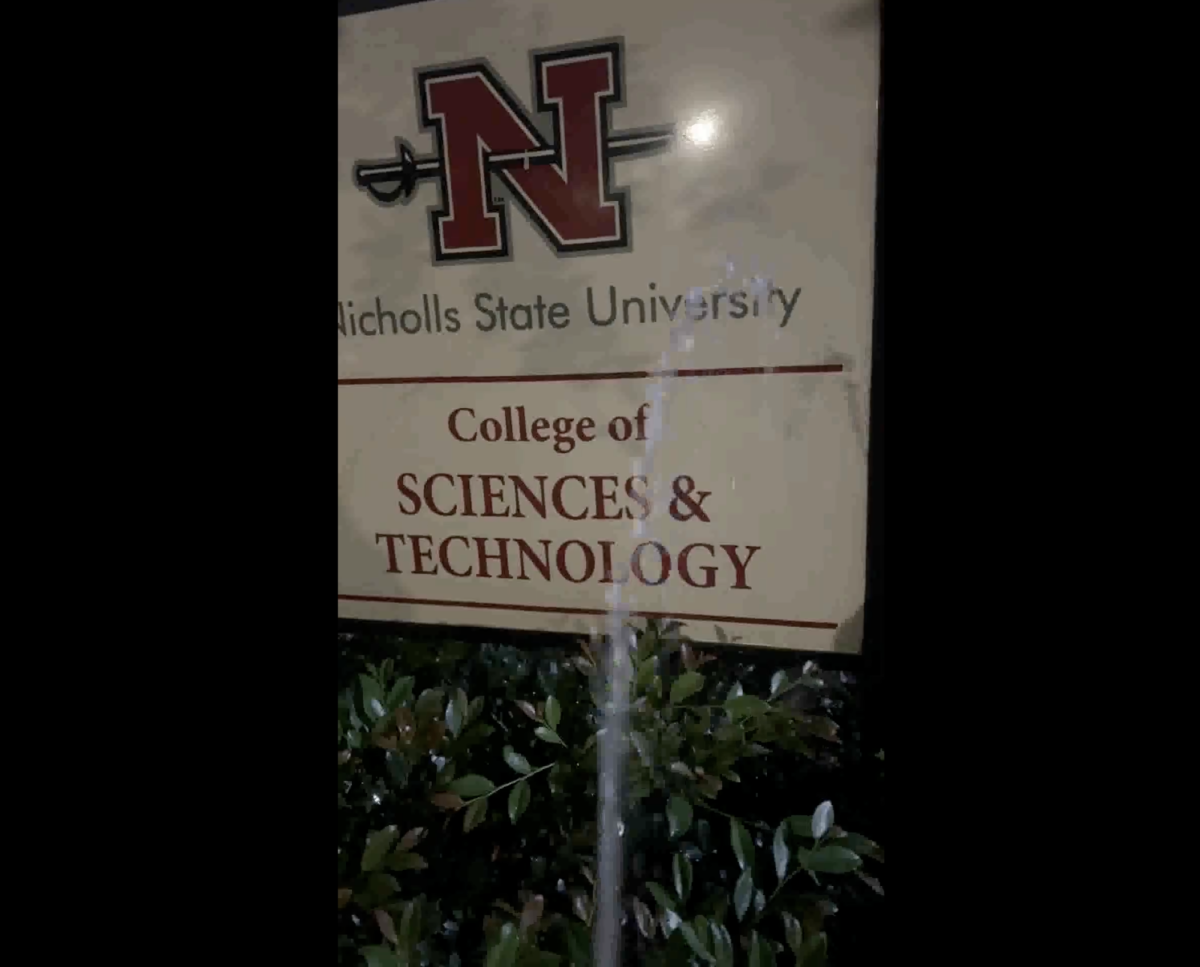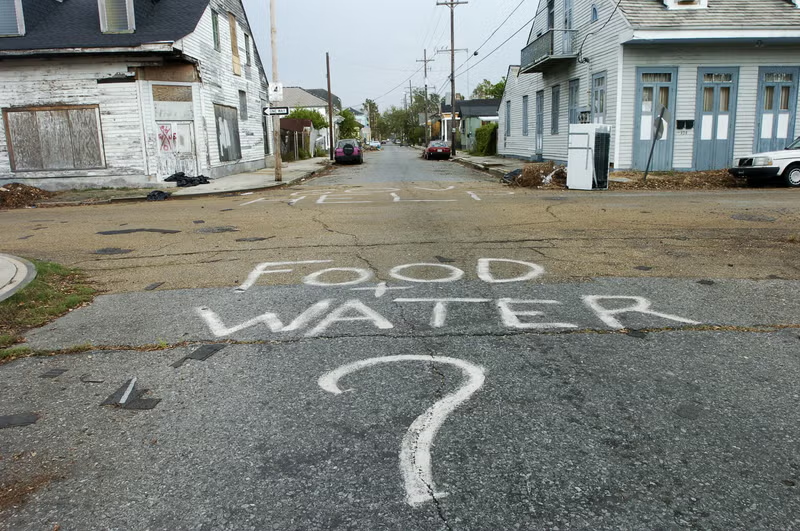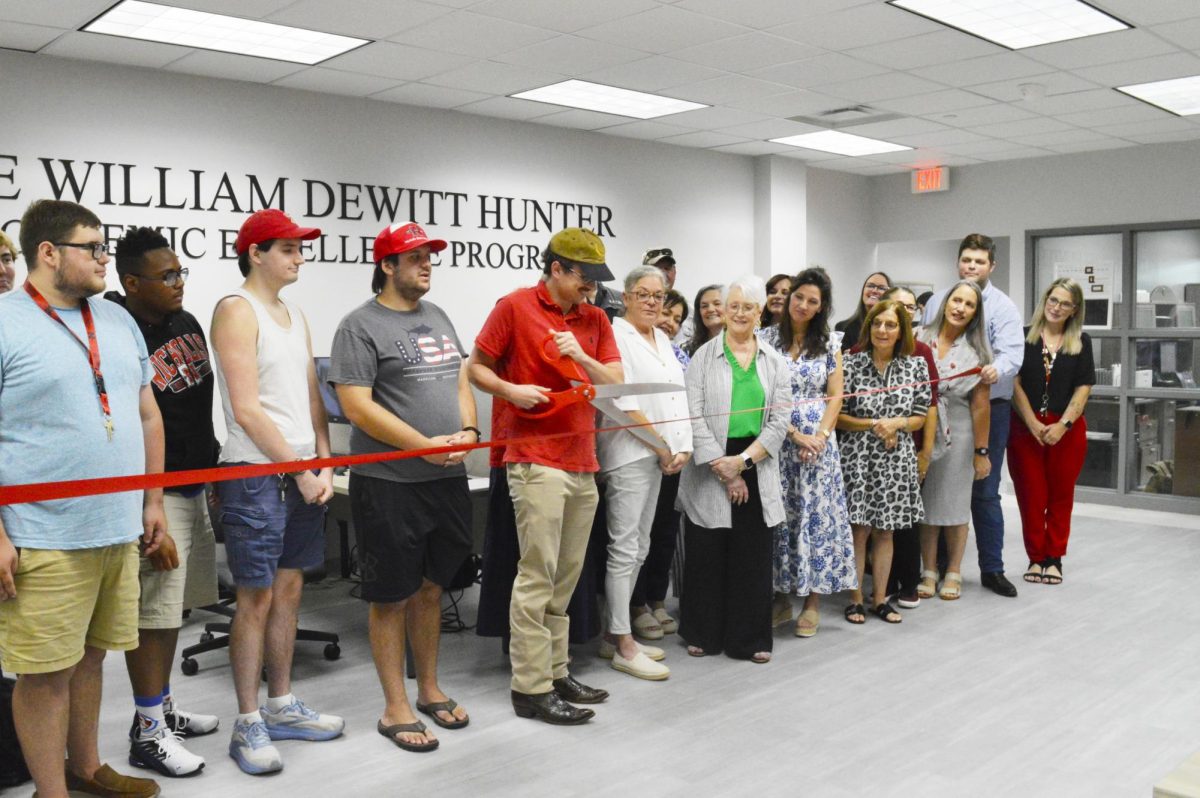In a decision of 164 to 125, the pro side prevailed in the debate resolved that the state of Louisiana should do whatever is necessary, within reason, to keep the Saints in New Orleans. Annie Puebla, freshman from Raceland, was the speaker for the pro side, and Andrea Sumrall, freshman from Luling, gave the rebuttal for the con side.
The moderator was Student Government Association president Brent Callais.
Puebla gave three reasons as to why she was for the Saints staying in New Orleans.
“I believe that the Saints show excellent dedication in our community, they are also a great source of economical benefits and they instill pride within Louisiana citizens,” Puebla said.
In defining her reasons, Puebla explained each one to the audience in further detail.
“The Saints have what seems to be a never-ending list of examples showing their involvement in the community,” she said.
“They have several funds which help various charities.”
Puebla said the Saints have stood on the streets surrounding the Superdome humbly asking for donations for the terrorist victims in New York.
“Within a 45-minute period, over $2,000 was collected,” she said.
Puebla said Norman Hann did his charitable work sitting down.
“That is right, he did not have to lift a finger to donate 4, 860 cans of Campbell’s soup to the Second Harvesters Food Bank in New Orleans,” she said.
Campbell’s soup donated, in cans of soup, 10 times the weight of any football player to his favorite food bank, she said.
“$60,000 was donated to New Orleans public schools, this money was donated after Saints players made speeches in the schools and found that the conditions were poor,” Puebla said.
Puebla’s second point was on how the Saints help the economy.
“They provide both global and national exposure. This exposure is given free to Louisiana. The positive exposure grows as the ratings grow,” she said.
Puebla explained that one minute of network time costs $90,000. She said the state will receive, for 10 minutes of a network game, one million dollars of free advertising.
Dr. Tim Ryan, dean of the college of business at the University of New Orleans, did a study recording the economical benefits that Louisiana receives from the Saints, she said.
“His results showed that hotels and area restaurants flooded as the Saints progress grows,” Puebla said.
Puebla said building a new stadium will not only help the Saints but it will help New Orleans and the state.
“It will provide more jobs, ensure future Super Bowls and increase business sales,” she said.
Puebla reinstated her three reasons, and Sumrall was allowed to come back with a rebuttal on the topic.
“As a woman I do not know much about football, but I do know that it is just a game, a game that has turned to greed,” she said.
Sumrall said keeping the Saints at any cost is unacceptable, and she explained her reasons.
“The signed Saints agreements are unreasonable, unjustified and overly generous,” she said.
The Times Picayune stated that the state would give the Saints $25 million dollars until the year 2003.
“There are many other things that we could use this money for. For instance, we could build 20 habitat for humanity homes one a year for 25 years. That is 500 families, or one football team,” Sumrall said.
She also said the money could be put towards allowing 5,000 at risk children to pre-kindergarten.
Sumrall also addressed the cost of a new stadium.
“This new stadium will cost $450 million to build. In Tom Benson’s proposal, $350 million would come out of the state’s pocket, or should I say our pocket,” she said.
Sumrall also addressed Louisiana’s track record with entertainment venues.
“Louisiana does not have a good track record in this area,” she said.
Jazzland, casinos, the state lotto and the new sports arena have not done as well as people thought they would, Sumrall said.
“How will our state make sure that this successful business that we are trying to put all of our money into will not be just another money pit,” she said.
Sumrall concluded by saying she does not feel that the state or the people are getting anything of real value.
Discussion was open to the audience, and views were tossed back and forth across the floor to opposing sides.
The audience picked representatives to restate the points for their sides.



